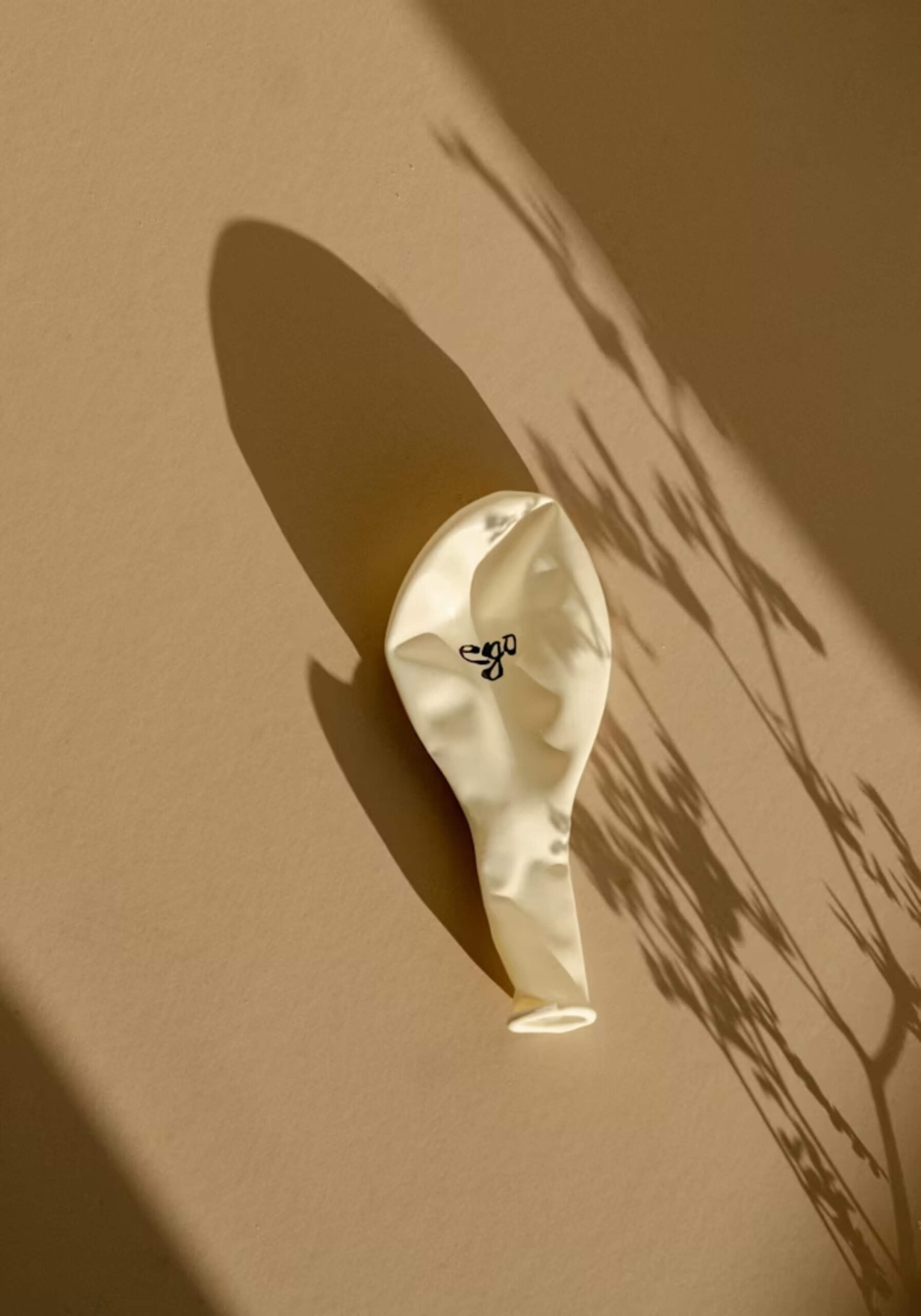Think about how you grab your phone the moment you wake up or lock the door without even thinking. That’s not random — it’s your brain being smart. Habits are its way of saving energy so you don’t have to think through every little thing you do each day.
A part of your brain called the basal ganglia handles these automatic actions. Once it learns a routine, it keeps it running quietly in the background. This frees up the part of your brain that makes decisions — the prefrontal cortex — to focus on more important stuff.
It’s like your brain has a built-in autopilot for things you do often. That’s why driving, cooking, or tying your shoes eventually feels easy.
If you want to start building better habits, the first step is knowing how this shortcut system works — because once you understand it, you can train it to help you, not hold you back.
How the Habit Loop Works in Your Brain
Ever notice how one small trigger — like smelling coffee — can instantly make you crave a cup? That’s your brain running what scientists call the habit loop. It’s made up of three parts:
- Cue: The spark that starts the behavior. It could be time of day, an emotion, or a place.
- Routine: The action you repeat — scrolling on your phone, going for a run, or eating a snack.
- Reward: The feeling you get afterward — comfort, pleasure, or relief.
Each time this loop runs, your brain releases dopamine, a chemical that says, “Hey, this felt good — do it again.” Over time, that signal grows stronger, turning a one-time choice into an automatic habit.
When the brain expects a reward but doesn’t get it, it learns from the mismatch — that’s called a prediction error. It’s how your brain updates old patterns.
Once you understand this loop, you can start building better habits faster. You’re no longer reacting — you’re teaching your brain new moves that make your days smoother and more intentional.
Neuroplasticity: Your Brain’s Hidden Power to Rewire Itself
Your brain never stops changing — and that’s great news. The ability to reshape and form new connections is called neuroplasticity. It’s how you learn, grow, and form new habits at any age.
Put simply, neuroplasticity means your brain rewires itself through repetition. Every time you repeat a thought or action, you strengthen that pathway, making it easier next time. It’s like carving a trail in the woods — the more you walk it, the clearer it gets.
There are two ways this happens:
- Experience-dependent: Habits form automatically through repetition.
- Self-directed: You consciously decide what to repeat — like choosing to meditate or eat healthier.
Researchers such as Dr. Jeffrey Schwartz and Dr. Rick Hanson found that mindfulness and focused reflection can speed up these changes. This kind of self-directed neuroplasticity helps with building better habits, because it puts you in charge of what your brain learns.
Think of it this way — your brain is always wiring itself. The only question is: what do you want it to wire for?
What Dopamine Really Does During Habit Formation
Most people think dopamine is all about pleasure, but that’s only part of the story. Dopamine actually drives motivation — it’s your brain’s way of saying, “That was good, do it again.”
Here’s how it works: before you even get a reward, your brain releases dopamine in anticipation of it. That tiny surge gives you the push to act. When the reward comes — whether it’s the taste of chocolate or the satisfaction of finishing a task — dopamine reinforces the behavior.
Scientists call this reinforcement learning, and it’s the reason both healthy and unhealthy habits stick. The same process that makes you reach for your phone can also help you reach for your running shoes.
The goal isn’t to fight dopamine but to use it wisely. Pair good behaviors with small, feel-good moments, and your brain will start craving those instead. This is how building better habits becomes not only possible — but natural.
How to Rewire Your Brain for Better Habits
Now that you know the science, it’s time to make it practical. The fastest way to change behavior isn’t through willpower — it’s through strategy. Your brain learns best when new actions bring a mix of pleasure, predictability, and purpose.
Below are ten science-backed ways to start building better habits that last. Each one taps into how your brain actually works — not how you wish it did.
1. Anchor New Habits to Existing Routines
Link your new habit to something you already do. Brush your teeth? Add two minutes of stretching right after. It’s called “habit stacking,” and it strengthens nearby brain circuits so the new habit locks in faster.
2. Use Immediate Rewards to Train the Brain
Don’t wait for long-term results — celebrate now. A checkmark, a smile, or a mental “good job” keeps dopamine firing, which tells your brain the action was worth repeating.
3. Visualize the Process, Not Just the Goal
Picture yourself doing the action successfully. Studies show that imagining an activity activates many of the same brain areas as actually doing it. Visualization trains your brain for follow-through.
4. Simplify the Cue
Keep your trigger clear and easy. If you plan to walk every morning, leave your shoes by the door. The simpler the cue, the more likely your brain will respond automatically.
5. Shrink the Starting Point
Start small — five minutes of reading, one push-up, one glass of water. Tiny steps lower resistance and help your brain store the behavior as safe and doable.
6. Journal or Reflect After Each Action
Write down how you felt after doing the habit. That small act of reflection helps your conscious mind (the prefrontal cortex) link effort with reward. Over time, it strengthens awareness and focus.
7. Reframe Setbacks as Learning Signals
Slip-ups don’t mean failure — they’re feedback. Neuroscientists call them “teaching moments.” Each miss helps your brain fine-tune its loop so it performs better next time.
8. Replace, Don’t Erase, Bad Habits
You can’t delete habits, but you can redirect them. Keep the same cue and reward, but swap in a better routine. Craving something sweet? Try fruit instead of soda.
9. Create an Environment That Prompts Action
Your surroundings shape your habits. Keep healthy cues visible — like a journal on your pillow or water on your desk. When your brain sees it, it acts on it.
10. Celebrate Progress to Lock It In
Small wins deserve recognition. A quick celebration or self-compliment releases dopamine, signaling your brain to keep going. That’s how you save your progress — neuron by neuron.
What the Research Says About Habit Speed
How long does it really take to form a habit? A study from University College London found it can take anywhere from 18 to 254 days, depending on the behavior and the person.
The difference comes down to three things:
- Consistency — Repetition builds stronger brain connections.
- Emotion — Feeling proud or satisfied after a habit boosts motivation.
- Context — A stable environment makes habits easier to repeat.
The brain learns fastest when there’s an emotional reward attached. Pride, calm, or a sense of relief lights up the same areas dopamine targets, speeding up growth between neurons.
Willpower fades, but repetition sticks. That’s why keeping a simple cue and reward system is key to building better habits that last for life.
Once you accept that pace matters more than perfection, progress starts to feel automatic.
Why Patience and Consistency Are the Real “Fast Track”
Here’s the secret most people miss — the fastest way to build habits is to slow down. Your brain needs time and repetition to lock in new behaviors.
While you sleep, the hippocampus helps transfer what you practiced during the day into long-term memory. Skipping rest or overloading yourself only makes it harder for your brain to keep up.
Every missed day interrupts that progress because your brain needs signals of importance — repetition tells it, “This matters.”
Frustration, on the other hand, releases cortisol, a stress hormone that actually weakens learning. Staying calm and steady helps your brain stay open to change.
Consistency may not feel exciting, but it’s the real fast track to building better habits that last a lifetime.
Final Thoughts on Rewiring Your Brain for Better Habits
At the end of the day, building better habits isn’t about pushing harder — it’s about working smarter with your brain. Every new habit begins as a small spark of repetition, reward, reflection, and rest.
Keep your wins visible, your cues simple, and your mindset patient. Each choice adds a tiny link to a stronger neural chain.
Start small, stay consistent, and celebrate often. You’re not just changing behavior — you’re reshaping your brain to support the life you want.
Your brain is always listening — teach it what’s worth repeating.















